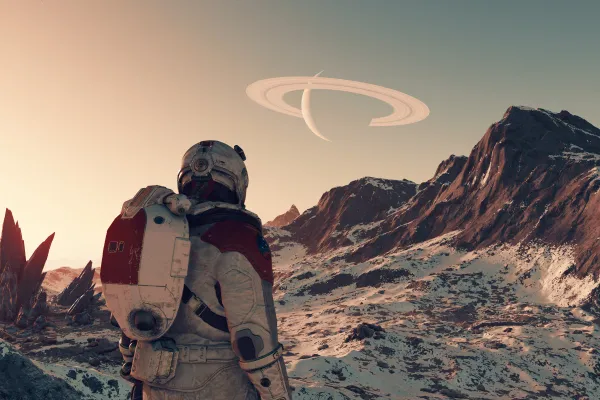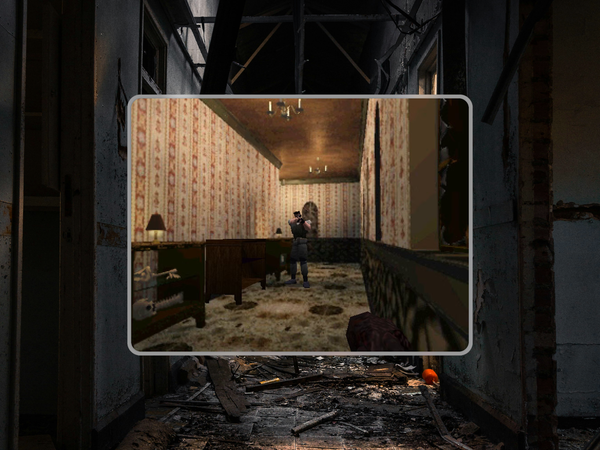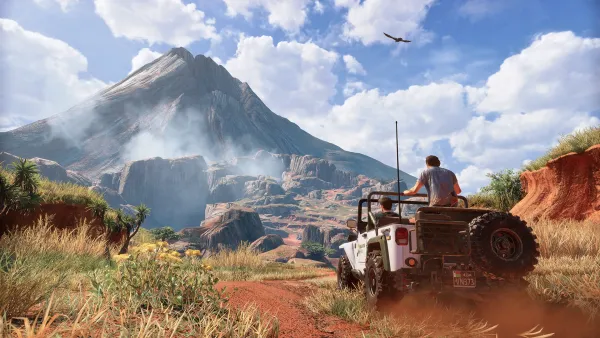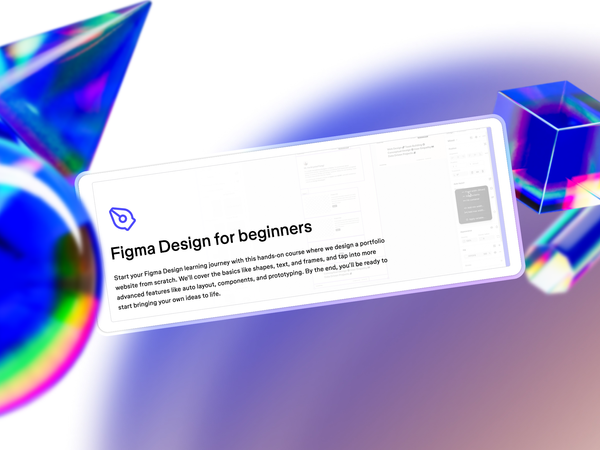Bethesda Game Studios.
The name alone conjures up sprawling worlds, emergent adventures, and the delightful jank that somehow becomes endearing. Skyrim. Fallout.
They're more than games for so many millions.
So, when Starfield, their first new IP in decades, blasted onto the scene, expectations were astronomical. And the reaction? Well, let's just say it's been… complicated.
Dive into any gaming forum, like the r/patientgamers thread that got us thinking, and you'll see a universe divided.
One player finds the Skyrim magic rekindled, feeling like Mal Reynolds carving their path through the cosmos. Another finds it "lifeless," "sterile," a vast ocean with the depth of a puddle.
We're fascinated with the why.
What design choices led to this stellar schism? Putting aside the binary of "good" or "bad," let's navigate the design decisions behind Starfield and ask: Has
Bethesda's tried-and-true design compass led them astray in the vastness of space?
The Bethesda Blueprint: Familiar Comforts in Zero-G
Let's be clear: Starfield isn't devoid of starlight.
Bethesda knows how to craft compelling faction questlines, and Starfield delivers some intriguing yarns within the United Colonies, Freestar Collective, and the morally ambiguous Ryujin Industries.
The gunplay feels tighter than previous BGS titles, a welcome evolution.
And the ship builder? Oh, the ship builder! It's a glorious space-LEGO set that consumes hours, allowing players to craft everything from sleek fighters to bulky haulers that would make Han Solo nod in approval.

It’s a fantastic, engaging system – arguably one of the game's strongest design pillars. For many, nailing that Firefly fantasy of owning and customizing your own star-hopper is a major hook.
These elements feel distinctly Bethesda. They're systems we recognize, polished and adapted for a new setting.
So far, so good.
The Exploration Equation: Where Did the Magic Go?
But the core loop that defined Bethesda's legacy – stepping out into a handcrafted world and finding unique, unexpected things just over the next hill – feels fundamentally altered in Starfield.
And this is where the design questions really begin.
The promise was 1,000 planets. The reality, as many players discovered, is a system reliant on procedural generation that often feels… well, procedural.
Instead of stumbling upon a unique cave with a hidden story or a bizarre Daedric shrine, players often land on visually distinct but functionally similar planets, trek across vast (sometimes tedious) distances, only to find... another abandoned science lab.

And crucially, as highlighted everywhere else, these aren't just similar labs. They're often identical – the same layout, the same data slates, the same environmental storytelling beats copy-pasted across the galaxy.
This isn't the sophisticated procedural generation of a No Man's Sky (which embraces its generated nature) or the curated randomness of a Rimworld. It feels more like a limited set of prefabricated assets scattered across admittedly beautiful, but often empty, terrain canvases.
This design choice has profound consequences:
- It Dilutes Discovery: The thrill of the unknown evaporates when you start recognizing patterns. Exploration shifts from exciting possibility to a game of "which template will it be this time?"
- It Undermines Scale: The vastness feels less like a universe brimming with secrets and more like stretched-thin content. The "Bethesda Map" – dense with unique locations – is replaced by sparse points of interest separated by loading screens and repetitive travel.
- It Breaks the Immersion Loop: The magic of seeing a mountain peak (Skyrim) or a distant ruin (Fallout) and just walking there is fragmented by menus, loading screens, and the sense that the journey might not lead to anything truly novel. One Redditor aptly described the cities as feeling like a "mall" – lots of storefronts, but lacking genuine life or unique character behind the facades.
Systemic Constellations or Isolated Stars?
Beyond exploration, there's a sense that Starfield's various systems sometimes feel like separate games rather than a cohesive whole. The excellent ship builder connects to space combat that some find engaging, others perfunctory.
Outpost building exists, but its integration into the core economy and exploration loops feels less essential than settlement building arguably did in Fallout 4.
Compare this to the interconnectedness praised in games like Fallout: New Vegas (an Obsidian title, but built on Bethesda's tech and often held up as a benchmark), where a single location might intertwine with multiple quests, factions, and world states.

In Starfield, the threads connecting its different gameplay systems can sometimes feel tenuous.
Starfield feels like Bethesda grappling with immense scale, leaning on familiar strengths (faction quests, environmental clutter) and new tools (proc-gen planets, ship building) but perhaps losing sight of the core experiential alchemy that made their previous games legendary.
The "safe" writing, the lack of truly impactful choices noted by some players, the feeling of being guided rather than truly unleashed – these might be symptoms of a design philosophy struggling to evolve alongside its own ambitions.
Is the Creation Engine, despite updates, straining under the weight of creating a universe compared to a single region? Did the focus shift from crafting dense, unique places to generating vast, traversable spaces?
Final Vector
Starfield didn’t crash and burn at launch. Flaws aside, there’s still fun to be had—as though as you factor in the Bethesda design kinks.
It offers dozens, even hundreds of hours of content, moments of beauty, engaging combat, and that sweet, sweet ship-building dopamine hit. For players who connect with its specific brand of spacefaring fantasy and aren't bothered by the repetitive elements or menu-driven travel, it absolutely delivers.
But from a game design perspective, Starfield raises crucial questions about Bethesda's direction.

It feels like a studio caught between its celebrated past and an ambitious, sprawling future, perhaps fumbling the controls slightly in the transition. The reliance on repetitive procedural content over handcrafted discovery feels like a significant departure, and arguably a misstep, from their established design DNA.
It's a game that provides moments of fun, but leaves us wondering if Bethesda truly understood what made their previous voyages so unforgettable.
As we look towards The Elder Scrolls VI, one can only hope they've recalibrated their course, remembering that sometimes, a smaller, handcrafted world filled with genuine surprises is more captivating than a thousand beautiful, but ultimately familiar, planets.











